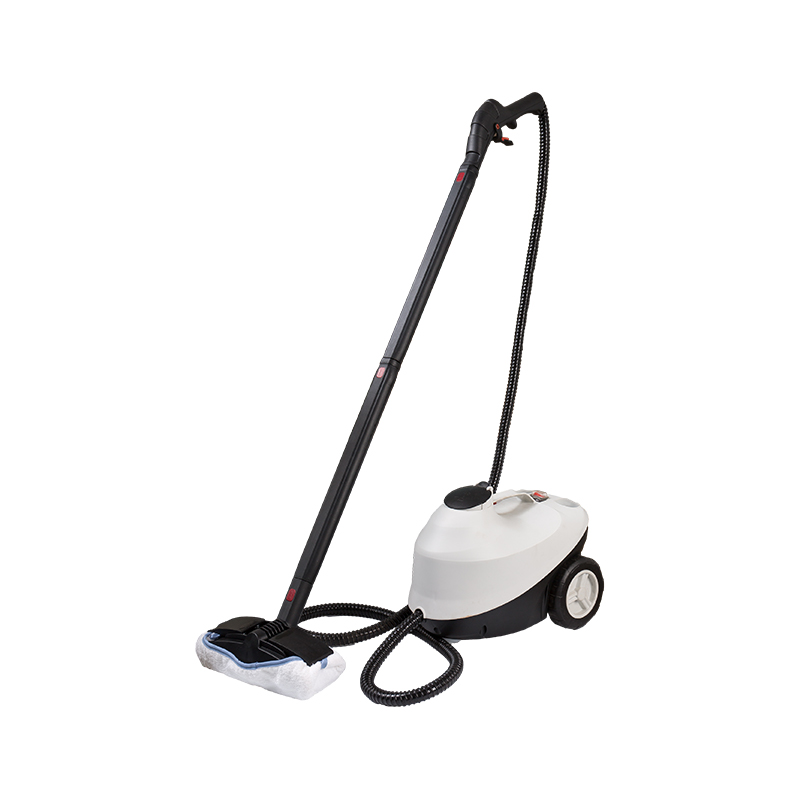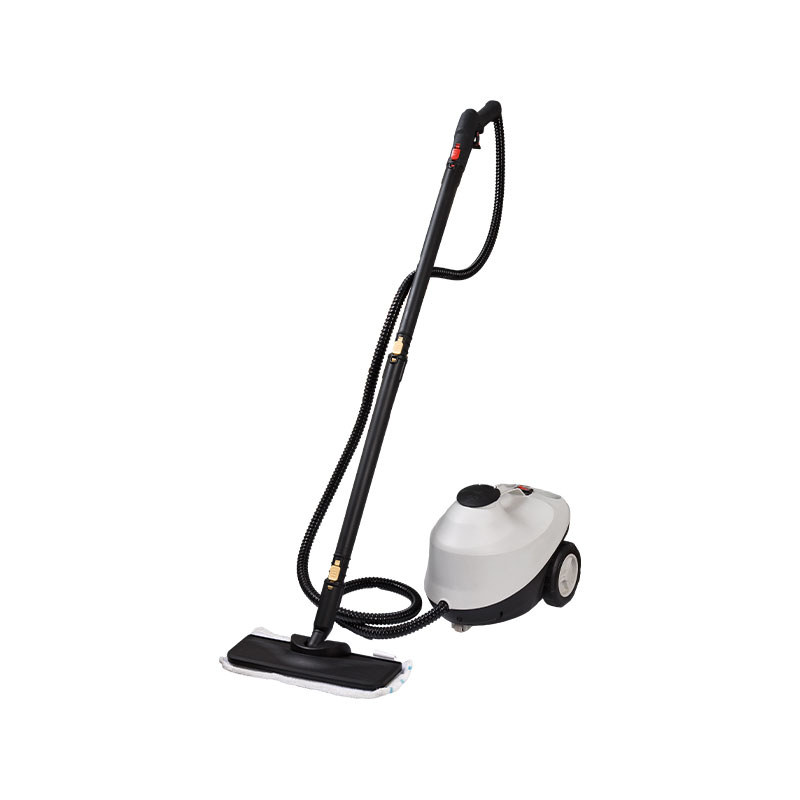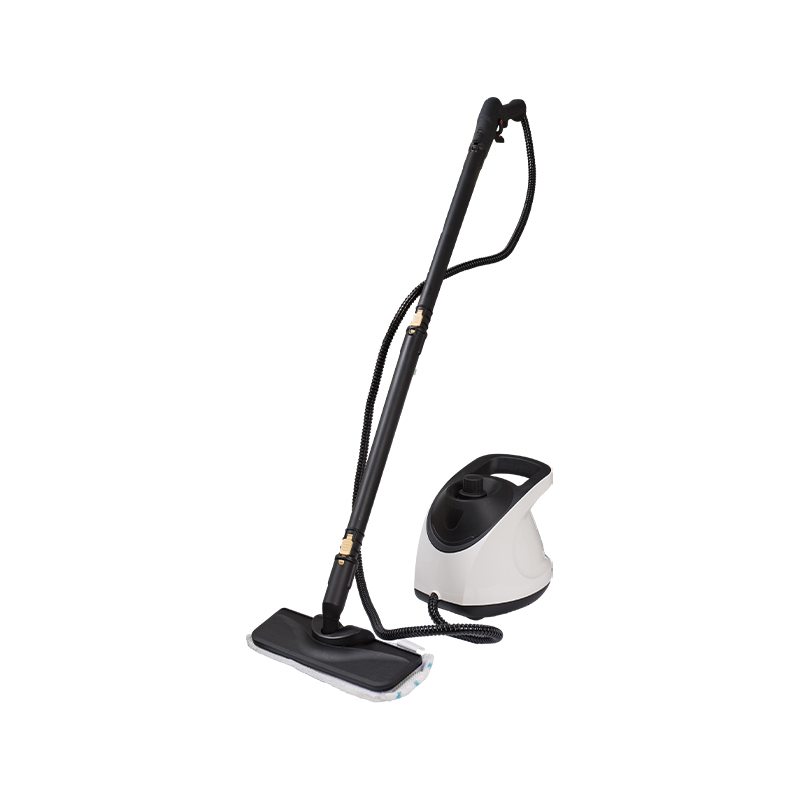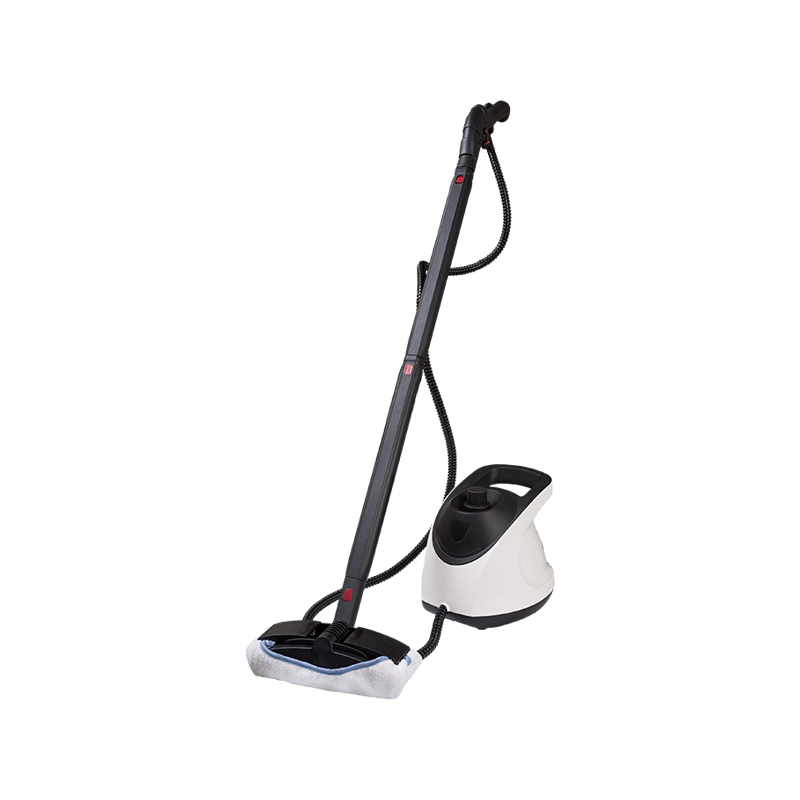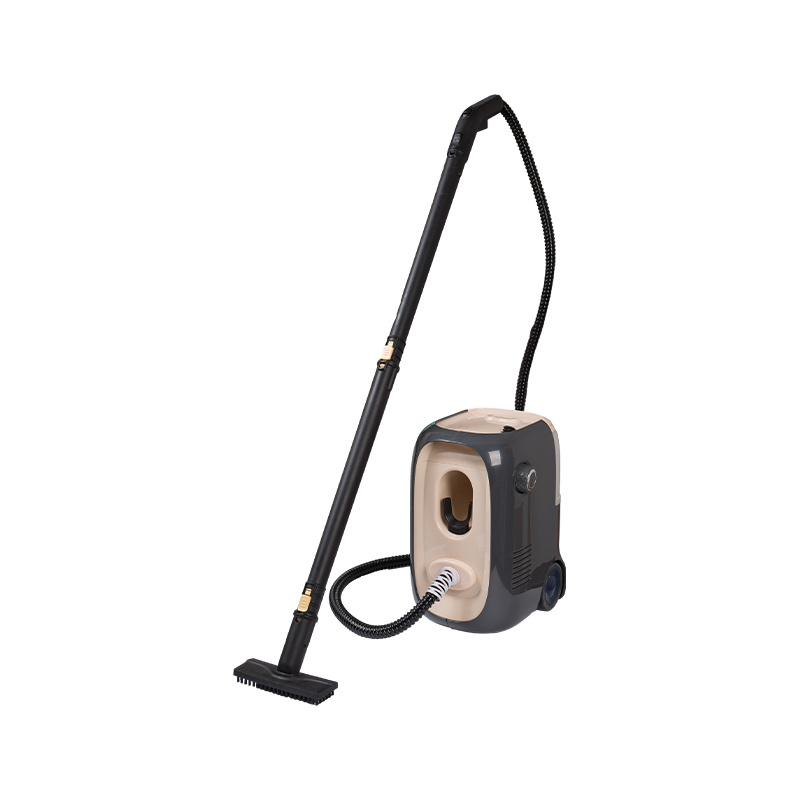-
Phone: +86-13282120735
-
Tel: +86-0571-58307962
-
Fax: +86-0571-58307999
-
E-mail: jy@hzkelong.cn
-
ADD:The Southern Industrial Development Area, Meicheng Town, Jiande City,Zhejiang, China

Can the Steam Mop Clean the Corners and Gaps of the Floor?
The promise of a steam mop is alluring: deep, chemical-free sanitation using just the power of heated water vapor. We glide them across our open floor plans, watching the steam lift dirt and grime, and are left with a shiny, sanitized surface. But then, our eyes drift to the edges of the room—to the baseboards, the corners where two walls meet, and the tiny gaps between floorboards. A pressing question emerges: Is my steam mop actually cleaning these hard-to-reach areas?
The short answer is: not effectively on its own. The standard rectangular pad and large head of most steam mops are designed for open floors, making them notoriously poor at tackling corners and gaps. However, this doesn’t mean you must abandon hope. With the right techniques, accessories, and a little manual effort, you can integrate a steam mop into a comprehensive cleaning routine that addresses every inch of your floor.
Understanding the Design Limitation
To understand why steam mops fall short, it’s helpful to look at their design. The cleaning head is typically several inches wide, making it physically impossible to fit into a true 90-degree corner. Furthermore, the steam jets are often located centrally, directing the powerful vapor and pressure toward the middle of the pad, not its periphery.
When you attempt to push the mop into a corner, the bulk of the pad simply bends and smooshes against the wall, failing to make proper contact with the actual corner of the floor. The steam is largely dissipated by the time it might reach these edges, resulting in a quick wipe rather than a pressurized blast of cleaning heat. This is the fundamental challenge of hard to reach floor cleaning with a standard appliance.
The Risks: Why Gaps and Corners Demand Attention
Ignoring these areas isn’t just an aesthetic issue. Corners and gaps are magnates for dirt, dust, allergens, and moisture. Over time, this accumulated grime can:
Harbor Allergens: Dust mites, pet dander, and pollen settle in these undisturbed areas, impacting indoor air quality.
Attract Pests: Crumbs and organic matter in gaps can attract insects like ants and cockroaches.
Cause Damage: In kitchens and bathrooms, moisture and sticky residues trapped in gaps can, over many years, contribute to wood warping or degradation of certain flooring materials.
Undermine Overall Cleanliness: A perfectly clean floor with dirty edges still looks and is, fundamentally, unclean.
This is why effective floor gap sanitation is a cornerstone of a truly deep clean.
Strategies for Cleaning Corners and Gaps with Steam
While the steam mop itself can’t get into these spaces, its ecosystem often provides solutions, and there are clever ways to augment its power.
Utilize Specialized Attachments: This is your most powerful weapon. Many steam mops come with a “detailer tool” or a “triangle head” accessory. These are designed specifically for this purpose.
Detailer Tool: This is a small, usually rectangular, nozzle that concentrates the steam into a focused jet. You can fit it right into corners and direct steam into gaps. It often comes with its own small scrubbing pad or brush attachment to agitate the loosened grime.
Triangle Head: This attachment replaces the large rectangular pad with a smaller, pointed pad that can get much closer to edges and into corners. While it still can’t reach a true 90-degree angle, it dramatically improves edge cleaning performance.
The Manual Pre-Steam Ritual: For a truly thorough job, the steam mop should be the final step, not the only step. Pre-cleaning tight spaces is essential.
Dry Methods: First, use a vacuum cleaner with a crevice tool attachment. This is the single best way to remove dry, loose debris from corners and gaps without pushing it further in. A soft-bristled brush (like a clean paintbrush or a dedicated grout brush) can also be used to sweep debris out from gaps so it can be vacuumed up.
Damp Methods: For stuck-on grime, a microfiber cloth dampened with a little water (or a pH-neutral cleaner safe for your floor) can be wrapped around a flat tool, like a putty knife or an old credit card, and worked into the corner to wipe away gunk manually. This manual corner and edge steam cleaning prep makes the steam’s job much easier.
The Targeted Steam Technique: After pre-cleaning, it’s time for steam.
Attach your detailer tool or triangle head.
Hold the nozzle directly over the gap or corner and blast it with steam for a few seconds to loosen the remaining, stuck-on dirt.
Immediately follow up by wiping the area with a clean, dry microfiber cloth. The heat and moisture will have liquefied the grime, allowing the cloth to pick it up easily. For gaps, you might need to use the corner of the cloth or even a cotton swab for extreme precision.
Post-Steam Wipe-Down: A critical and often overlooked step in maintaining clean floor edges is drying. After using steam in gaps, especially on wood floors, it is imperative to do a quick dry pass to absorb any residual moisture that may have seeped into the cracks, as standing moisture is wood’s enemy.

What About Deep Gaps in Hardwood Floors?
Wide gaps in older hardwood floors present a unique challenge. Blasting steam directly into them is not advisable, as it can force moisture and dirt deeper down or, worse, lead to moisture being trapped within the floor structure.
The best approach here is:
Dry Clean: Use a vacuum crevice tool and a stiff brush to remove as much loose material as possible.
Targeted Surface Steam: Use the detailer tool to steam the surface of the wood on either side of the gap, cleaning the visible top edges.
Wipe Dry: Thoroughly wipe the area dry immediately.
For the gap itself, mechanical removal is safer than forcing steam into it.
The Verdict: A Tool, Not a Total Solution
So, can a steam mop clean the corners and gaps of your floor? The appliance alone, in its standard configuration, cannot. Its design is fundamentally at odds with the precision required for effective floor gap sanitation.
However, when viewed as part of a system—a powerful tool augmented by its attachments and paired with proper manual pre-cleaning—it becomes incredibly effective. The steam provides the sanitizing power and loosens stubborn dirt that vacuuming and wiping alone cannot touch.
For those seeking the ultimate solution for hard to reach floor cleaning, the most effective tool might actually be a handheld steam cleaner with a variety of nozzle attachments. These are inherently designed for precision work, including corners, gaps, grout lines, and even upholstery. They offer the targeted power a standard steam mop lacks for these specific tasks.
FAQ
Q: Is it safe to use a steam mop on the edges of laminate or engineered hardwood floors?
A: You must be extremely cautious. Laminate flooring is particularly susceptible to moisture damage. Use steam only on the surface for a very short duration and ensure you dry the area completely and immediately afterward. Always check your flooring manufacturer’s warranty and care instructions first. Many void warranties if steam cleaning is used.
Q: My steam mop didn’t come with a detailer tool. Can I buy one separately?
A: Often, yes. Many manufacturers sell accessory kits that include detailer tools, brushes, and other nozzles. Check the model number of your steam mop and search for compatible accessories online.
Q: How often should I deep clean my floor corners and gaps?
A: For general maintenance, a quick vacuum with the crevice tool during your regular cleaning is sufficient. A full deep clean, involving pre-cleaning and targeted steam, can be done every 1-2 months, or as needed based on traffic and visible dirt.
Q: Are there any floors I should absolutely never use steam on around gaps?
A: Yes. Avoid using steam on unsealed hardwood, cork, or bamboo, as the moisture can easily warp and damage the material. Also, be very cautious with luxury vinyl plank (LVP) and laminate; while many are water-resistant, steam can potentially force moisture into the seams and cause issues over time.
In conclusion, don’t expect your steam mop to be a miracle worker in the trenches. But with a strategic approach that respects its limitations and leverages its strengths, you can achieve a level of clean that encompasses every corner, gap, and crevice in your home.

